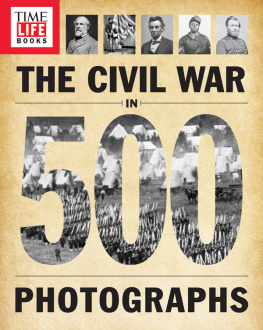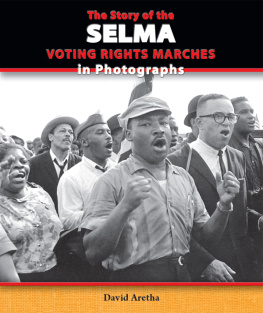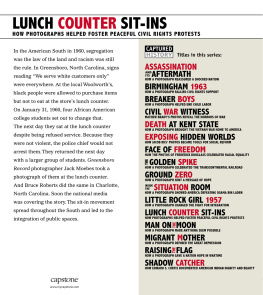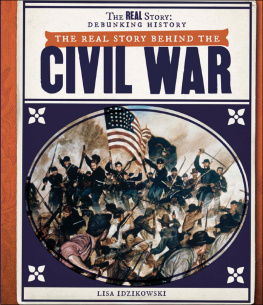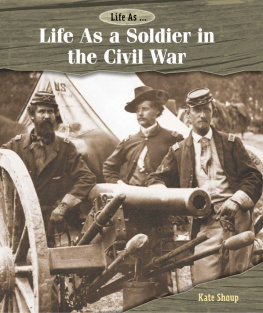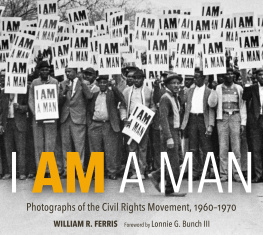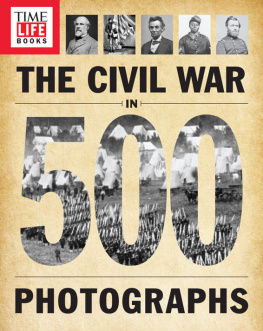Contents
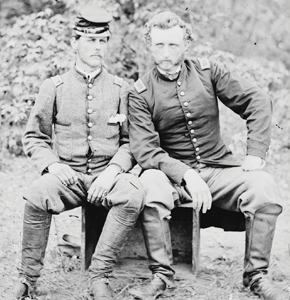

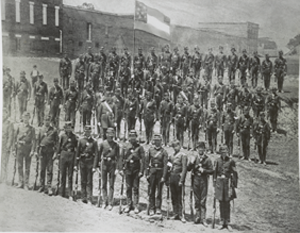
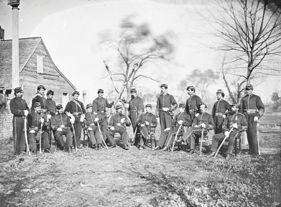
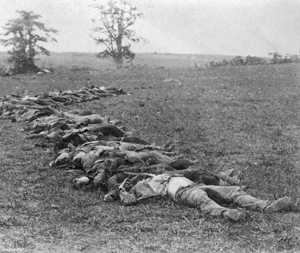
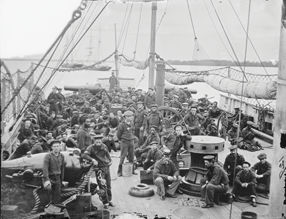
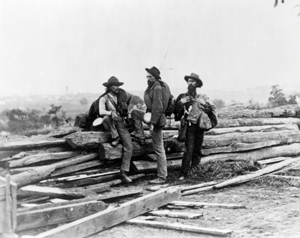
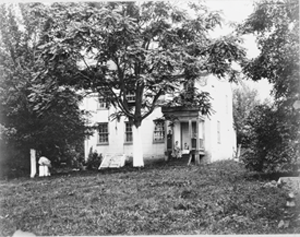

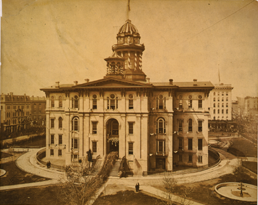

A Growing Fissure
IN THE DECADES LEADING TO THE CIVIL WAR, THE NORTH AND THE SOUTH STEADILY DRIFTED APART. BY 1860, THE UNITED STATES HAD IN MANY WAYS BECOME TWO NATIONS WITHIN ONE.
A house divided against itself cannot stand.
Abraham Lincoln, June 16, 1858
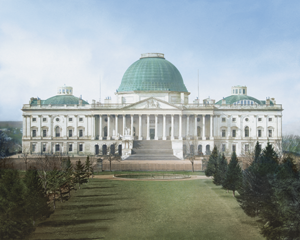
The United States capitol as it appeared in 1846. In the decades leading up to the Civil War, Americas political leaders struggled to mend the widening breach between the North and the South.
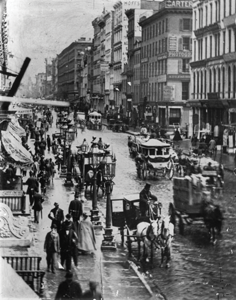
In 1860, New York was the most populous city in America. Broadway bustled with activity.

Demand for American cotton soared in 1860. Increasing exports to the Northern states and Britain boosted production and greatly increased the value of slaves on Southern cotton plantations.
America in 1860: High Hopes and a Widening Divide
IN SPITE OF NATIONAL ECONOMIC GROWTH, CULTURAL AND POLITICAL DIFFERENCES SEPARATED THE NORTH AND SOUTH.
In 1860, the United States was a youthful, vibrant, and rapidly growing nation. Only 84 years had passed since the founding fathers crafted the Declaration of Independence, yet in that time, America had become a vast nation that sprawled across the entire continent. The population had swelled from less than 4 million to more than 31 million, thanks largely to immigration. Although increasing numbers of Americans were taking up urban trades, most were still farmers, especially in the South and the Western territories.
The economy enjoyed steady growth too, fueled by a parade of recent inventions including the sewing machine, the electric locomotive, the hydraulic turbine, the Bessemer steel process, and the Otis elevator. A golden age of shipbuilding enabled the United States to produce almost as much tonnage as Great Britain and all its colonies combined. Major cities such as New Yorkwhich boasted more than 800,000 residents in 1860emerged from an era where pigs wandered dirt streets to an era of horse-drawn streetcars, paved streets, and city waterworks systems.
In the single decade of the 1850s, the amount of railroad track in the United States increased from approximately 9,000 miles to more than 30,000. Americans were eyewitnesses to a nation on the move, if not participants in it.
And yet, a cultural and political chasm was widening across the country, and no one seemed able to heal it. Soon, that chasm would claim the lives of more than 620,000 Americans.
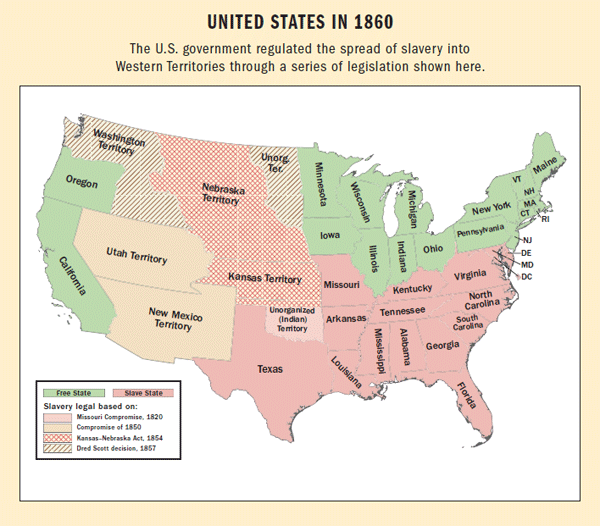
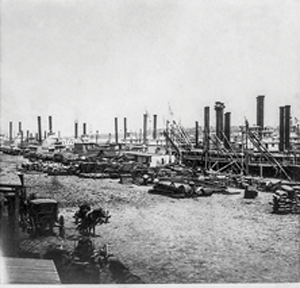
Steamboats lined the levee along the Mississippi River in St. Louis.
Keeping Count
The Largest American Cities in 1860
The 1860 U.S. Census ranked these as the top ten cities in the United States, according to population. Seven were located in the North; Baltimore and St. Louis were in border states. Only New Orleans was in the South.
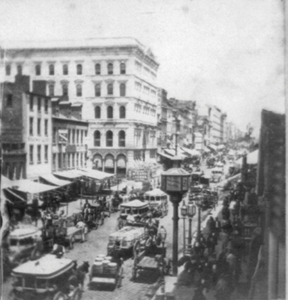
1. NEW YORK, NY
805,651
2. PHILADELPHIA, PA
562,529
3. BROOKLYN, NY
266,661
4. BALTIMORE, MD
212,418
5. BOSTON, MA
177,812
6. NEW ORLEANS, LA
168,675
7. CINCINNATI, OH
161,044
8. ST. LOUIS, MO
160,773
9. CHICAGO, IL
109,260
10. BUFFALO, NY
81,129

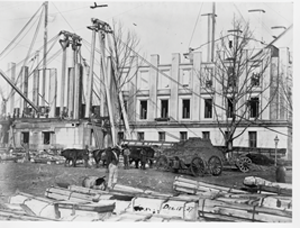
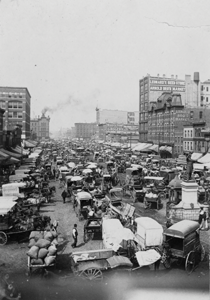
Manufacturing and government-supported works projects, along with the development of the railroad system, fueled an economic boom in Northern cities. Railroad expansion proved particularly vital to the war effort on both sides of the conflict.
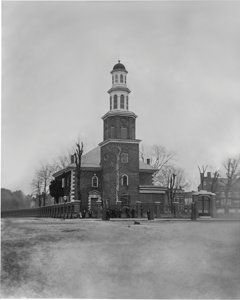
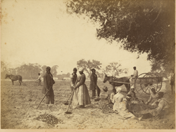
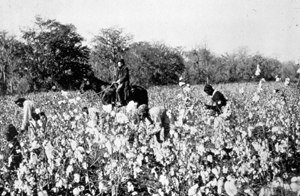
In the prewar years, the South remained an agrarian culture, as its agricultural productionmost notably of cottonwas extremely profitable and precluded the need for significant industrial expansion.
Two Nations in One: North vs. South
DISAGREEMENTS ON ISSUES LIKE IMPORT TARIFFS AND THE ROLE OF THE CENTRAL GOVERNMENT DROVE A DEEP WEDGE BETWEEN INDUSTRIAL AND AGRARIAN AREAS.
Despite having much in common, Northerners and Southerners had drifted apart because of politics, but also because the regions had two distinctively different cultures. The South was an agricultural society, controlled by the owners of large plantations. Southerners, generally traditional and conservative, were suspicious of a large national government. They favored states rights and opposed taxation on imported goods. The South grew almost all of the nations cotton, produced a majority of the countrys military leaders, and had provided 9 of the first 15 American presidents.
Next page
